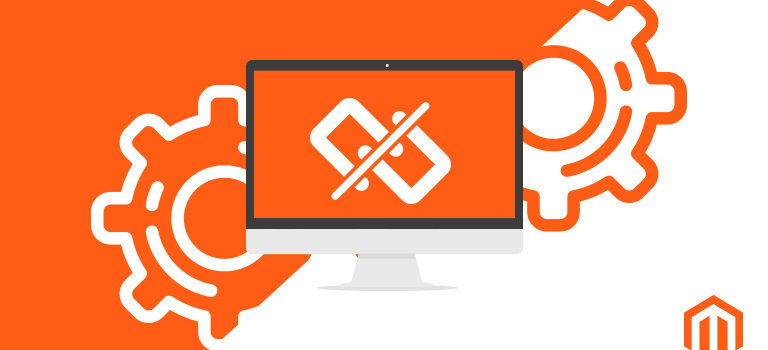The best ways to solve Magento 2 Theme Broken After Installation
You are seeking to establish and run Magento 2 with success. After utilizing different hoops to load your site, you may confront 404 errors, JavaScript loading, messy front end design ,broken admin URLs or CSS not actually correlated to it. Magento 2 theme broken after installation is a common issue faced by many, here we bring you the best solution for that.
If a user utilizes the browser console he may find an error referencing while assessing a file which is actually missing in the static file of Magento 2. As a result of this, loading of the front end folder does take place and leads to the absence of some file.
Here you can have overall introductory points related to issues which occur after the installation of Magento 2. These particular issues need to be considered more seriously because they may damage the entire Magento 2 which is newly installed.
Below are listed the best ways to solve Magento 2 Theme Broken After Installation
-
Stimulating Apache server rewrite:
Before going further , you need to check the apache server rewrite, whether it is enabled or not. If it is not , enable it. The following steps are for Linux users.
First of all, you need to open the terminal and just type as sudo a2enmod rewrite.
After completion of this, you may go for restarting the apache server in order to have changes in it, Which can be done more easily by typing sudo service apache2 restart.
In some cases, you can take help of your hosting providers.
-
Folder permissions and fix files.
In some exceptional cases, you may face the problem because of permission and ownership. Proper application of permission in Magento 2 for all folders and files will help you solve the problem. If you want to know more about folder approval and fix files you can reach on Devdoc, where you can find relevant information related to it.
-
Remove all generated files, cache and sessions.
Here you will find some important steps for deleting all previously generated sessions, files and folders. Below few steps actually take you through the deleting process.
-
MAGENTO2_ROOT > var > cache > *DELETE ALL*
-
MAGENTO2_ROOT > var > page_cache > *DELETE ALL*
-
MAGENTO2_ROOT > var > session > *DELETE ALL*
-
MAGENTO2_ROOT > var > view_preprocessed > *DELETE ALL*
You can also delete all static files. for the same, follow the following path:
-
MAGENTO2_ROOT > pub > static > DELETE ALL EXCEPT .HTACCESS
-
-
Exert static view file
Files which can’t be generated dynamically are considered as static view files. For example image and CSS file. Such files you can find at the static/pub directory of Magento 2 and apart from this, there are some files which are also available at the var/view_preprocessed directory.Command-line interface (CLI) is a basic system which we need to utilize for writing static view files in Magento 2. You can run the following command in the Magento 2 root directory in order to exert a static view file.
-
php bin/magento setup:static-content:deploy
-
-
Updating the indexer
Storefront performance can be improved by transforming the data in Magento which is basically done by Magento indexer. Once the data get changed we must go for updating transformed data. Following Commons is important in order to update indexers in magento.
-
php bin/Magento indexer:reindex
-
Conclusion:
As we know that every system has some of the consequences with it. Magento is conducting too many efforts in order to provide an impactful and comfortable platform with the user in the field of e-commerce. Therefore if you want to install magento 2 then feel free to do it, as this will be the perfect solution in e-commerce. Above useful information will take you through complete guidance about magento2 and other related crises.

